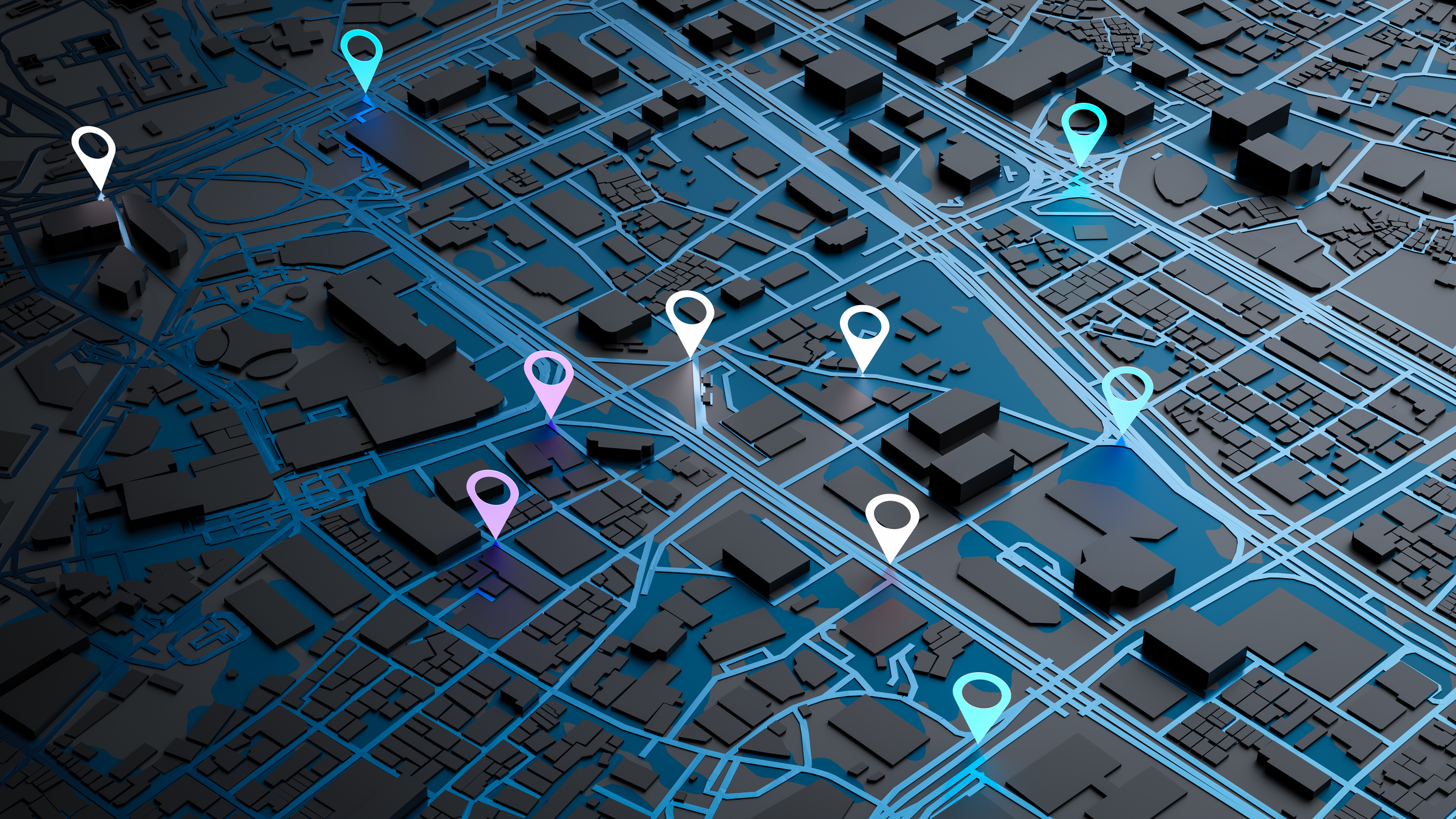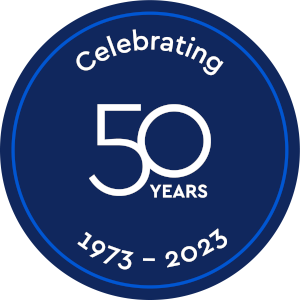Management of NUAR was formally handed over to Ordnance Survey (OS) in early April 2025. OS now runs the platform on behalf of the newly formed Government Digital Service. NUAR collates data from all underground asset owners into a single map of what is present underground, which aims to significantly reduce the time it takes to gather this information, in order to complete underground utility detection surveys.
NUAR is currently receiving data from over 600 utilities asset owners, including the recent addition of Openreach, bringing with it a huge share of fibre optic network data. Within the project’s remit, a number of issues have arisen, such as data sharing, standardisation of data representation between different asset owners and keeping data secure, which are currently being addressed. Here, we’ll take a look at the key data-sharing issues around the NUAR project.
Data sharing across platforms
In June 2025, NUAR officially moved out of its minimum viable product (MVP) phase and into public beta, lifting user-number restrictions. Organisations and their contractors can now adopt NUAR as their main channel for underground asset data without caps on user access. Everyone involved in the project has agreed on a new data-sharing framework, which was created to support voluntary data sharing through the platform across all parties and meant that different coordinate systems and basemap data could be seamlessly integrated and easily understood by whoever was using them. This process identified and shaped important technical requirements, to ensure data shared through the platform is safeguarded and protected from misuse.
An emerging international standard
The NUAR platform is creating a combined, standardised trove of buried asset data, available in a secure and interactive manner to specific vetted individuals. This standardised representation of data related to utility networks and associated elements is based upon an emerging international standard developed by the Open Geospatial Consortium (OGC) called MUDDI – the Model for Underground Data Definition and Integration.
It is believed that initially, NUAR will only be available to ‘accredited’ utility surveyors, which is a critical element to maintaining the trust and security of the information, some of which is sensitive, which is necessary for this initiative to succeed. The development and implementation of the PUMA scheme – developed by The Survey Association, PUMA is a trailblazing PAS128 Utility Mapping Accreditation scheme for utility surveying companies that are association members – provides a base point, as these surveyors have already undergone rigorous testing to achieve certification.
Essential accreditations
Lucy Powers, director at Powers Geospatial Consultancy commented that: “At Powers, we recognise the importance of data safety and security, and this was one of the reasons we decided to invest in becoming PUMA accredited. It was a rigorous process. However, by successfully achieving accreditation, followed by re-accreditation in year two, we can demonstrate the importance we accord health & safety and data security. In addition, as a business we hold Cyber Essentials and Cyder Essentials Plus certification, which further provides independent assurance of our effective cyber controls.”
Ultimately, the platform will save utility surveyors many hours, as access to the data will give details of underground assets via simple searches. Protection against misuse is important for the companies and organisations involved, but it’s also crucial to take into account third-party involvement, who may be sharing sensitive information on public and private buildings with a wider audience. It’s crucial to ensure there is regulation on national assets and their data, as much of this information could be of interest to people who might misuse it. Those with access should be trusted partners and all associated security protocols should be in place. So, it matters both how you share it and who you share it with.
If you are interested in finding out more about underground utility detection surveys, contact Powers for more information.








